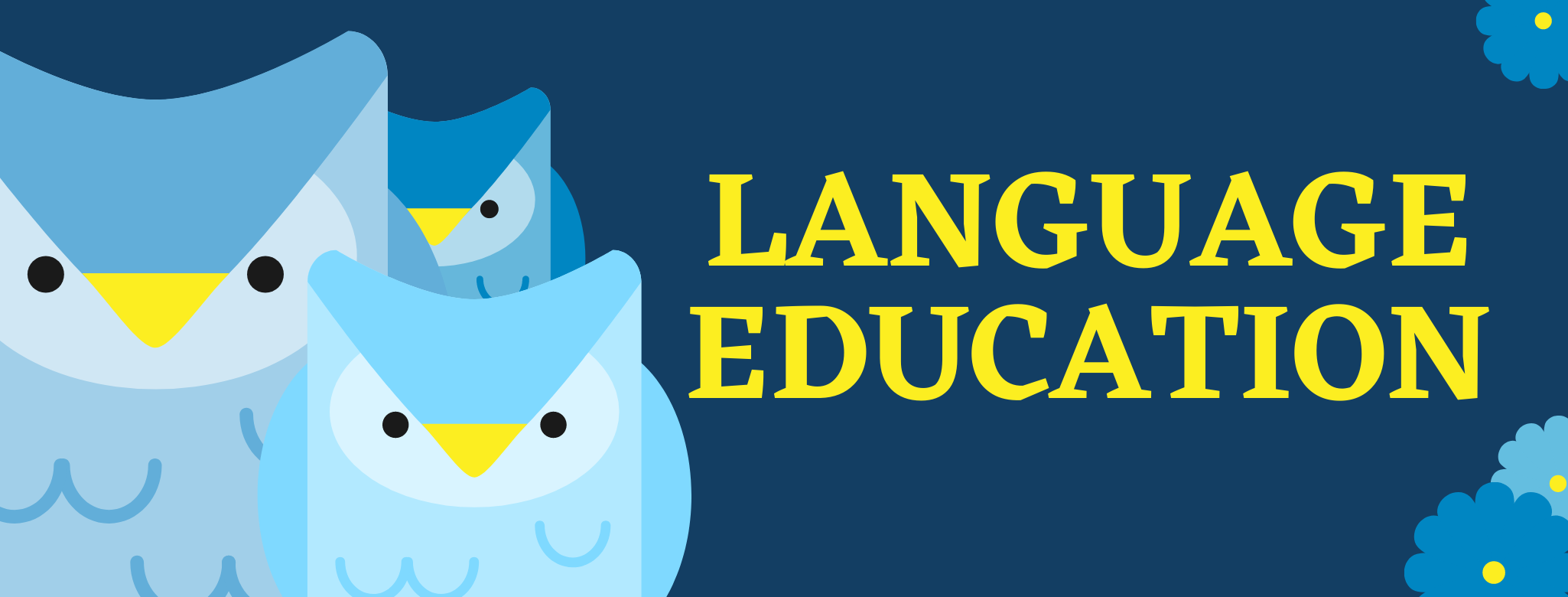The course in Language Education focuses on helping language educators develop skills and competences that will allow them to scaffold the learner's language learning process. Nowadays, the shift in the education paradigm has compelled educators to rethink, re-frame the whole language education process. Neither the outdated grammar-translation method nor the 20th century communicative approach can respond to the actual needs of the 21st learners. Hence, the primary aim in Language Education is not to find the perfect method, but rather to choose among the existing ones the most appropriate for one's teaching/learning context. So, the principles of post-method era should be taken into consideration while designing the education process nowadays.
Language education focuses not only on the development of the four basic skills, i.e. reading, writing, speaking, and listening, but also on the 21st century skills or the 4Cs, i.e. critical thinking, creativity, collaboration, and communication. Indeed, the language educator’s role has changed dramatically from ultimate transmitter of knowledge to facilitator of the language acquisition process. In the past, they were viewed as the only people possessing the knowledge and experience students might need to learn the form of a language. Hence, the whole education process was centred on them. The teachers were the subjects, putting special emphasis on memorization; whereas, the students were the objects, whose primary goal was to memorize the transmitted information. Such a process can be called unidirectional, and non-participatory.
That approach could not satisfy the needs of the 20th century students, whose perception of the world as well as access to information changed. Indeed, this century can be characterized by its skyrocketing development in all spheres of life, including that of education. Scholars realized that the traditional role the teacher had in the past cannot be applied to the new context. They saw the need of centring the process on the student, thus shifting the roles in the traditional paradigm. That is why, various approaches were elaborated throughout the 20th century meant to meet the learners’ needs, putting special emphasis on learner autonomy and engagement.
The 21st century methodology still relies on the theories and principles of the communicative approach to language education. Yet, scholars (Kumaravadivelu: 2003, Ur: 2012) speak nowadays more in favour of a post-communicative approach or suggest teachers go beyond methods. The premise of such a suggestion is that a language educator’s primary goal is to respond to the learners’ needs. As a result, they should apply the method which would help them realize their pedagogical goals best. The scholars warn against adopting a single approach to language education, as it might not meet the learners’ needs. Thus, a teacher should be flexible and ready to readjust their methods in order to help learners become competent users of the language.
The use of technology is another important aspect to be taken into consideration by language educators. Nowadays, one cannot imagine one’s life without technology. Moreover, today’s learners are the digital natives who, sometimes, spent more time surfing the Internet than communicating or even learning. This is why, it is vital to integrate technology into the education process so that learners become more motivated and engaged. However, language educators should be extremely careful as to how they do it and what exact pedagogical goals they will achieve by doing it. Scholars warn against the use of technology as a fashionable tool that would merely parrot the latest tendencies in language pedagogy.

- Teacher: Viorica Condrat